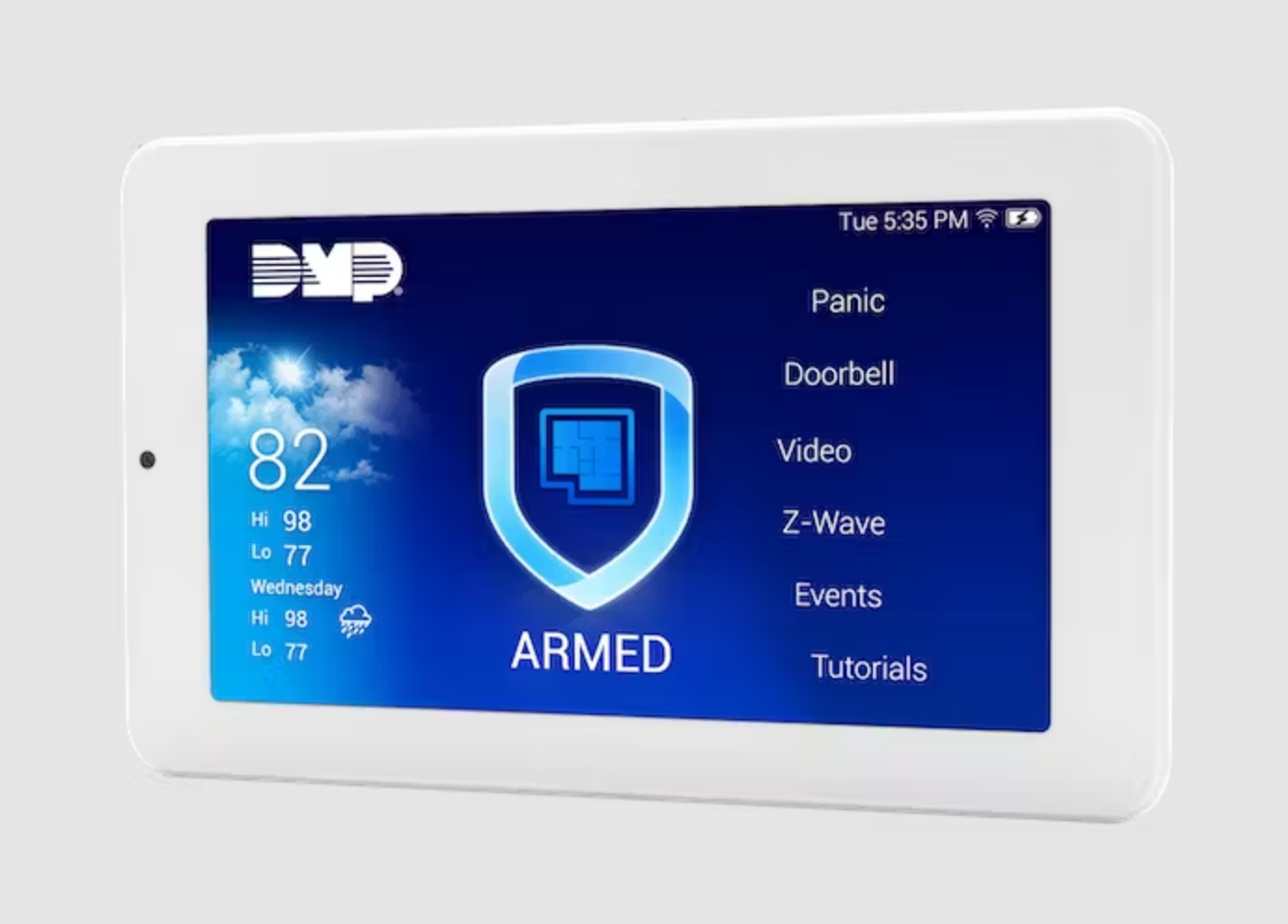By: Chris Skinner, Director of Security Technologies
In today’s fast-paced world, ensuring the safety and security of your business premises is paramount. While digital threats often dominate headlines, physical security remains a crucial aspect of safeguarding your assets, employees, and customers. Physical intrusion detection is an essential component of any comprehensive security plan, helping to detect and deter unauthorized access to your facility. With that in mind, let’s explore some effective physical intrusion detection solutions.
The Control Panel: Your Security System's Brain
At the core of every intrusion alarm system resides the control panel, the system’s central intelligence. Usually housed in a secure location within your building, it serves as the command center for your entire security network. All the devices within your intrusion system, whether wired or wireless, connect to this central hub, ensuring seamless integration.

When your intrusion alarm system is armed and detects a security breach, the control panel initiates a series of pre-programmed actions. These actions can range from activating on-site alerts like sirens or strobes to discreetly notifying an alarm monitoring station. These notifications can be transmitted via phone lines, cellular networks, IP, or other approved communication methods, ensuring that your security system remains responsive under various circumstances. Notifications can also be sent directly to your mobile device or tablet, allowing real-time updates on your system’s status. With a mobile platform, you can also securely arm or disarm the system remotely, as well as add or remove users.
Keypads: The User-Friendly Interface
Intrusion detection systems typically feature a user-friendly keypad, serving as the primary means of arming and disarming the system. While it may appear to be the control center, it’s important to note that the keypad is not the system’s “brains” but rather the interface through which users interact with it.
The keypad plays a pivotal role in activating and deactivating various security devices connected to the alarm system. These devices encompass essentials like door contacts, motion detectors, and glass break detectors, ensuring your building’s comprehensive security. With the keypad’s seamless control, you gain the power to safeguard your premises with just a few simple inputs.
Contact Devices
Contact devices are a fundamental part of any physical intrusion detection system. These devices consist of two parts: a sensor and a magnet. They are typically installed on doors and windows. When the door or window is opened, the sensor and magnet move apart, triggering an alarm. Contact devices are simple yet effective in detecting unauthorized entry. They are discreet and can be easily integrated into existing security systems.
Key Benefits:
- Cost-effective: Contact devices are relatively affordable compared to other security solutions.
- Reliable: They have a low rate of false alarms.
- Easy installation: They can be installed quickly without causing disruptions to your business operations.
Glass-Break Detection
Glass-break detection technology is designed to detect the sound frequency and shockwaves produced when glass is shattered. This solution is particularly useful for businesses with vulnerable glass windows and doors, such as retail stores or offices with large storefronts. When the system detects the unique sound pattern of glass breaking, it triggers an alarm, alerting security personnel or authorities.
Key Benefits:
- Sensitive and accurate: Glass-break detectors are highly responsive and can differentiate between breaking glass and other sounds.
- Wide coverage: They can cover a larger area than contact devices, making them suitable for open spaces.
Motion Detection
Motion detection is another essential component of physical intrusion detection. It uses sensors to detect any movement within a designated area. These sensors can be passive infrared (PIR) sensors, microwave sensors, or a combination of both. When an intruder enters the monitored area, the sensor triggers an alarm or activates security cameras.
Key Benefits:
- Versatile: Motion detectors can be used indoors and outdoors, making them suitable for various business environments.
- Reduced false alarms: Advanced motion detection systems are equipped with algorithms that minimize false alarms caused by pets or other non-threatening movements.
Moving Forward
The world of intrusion detection (as well as its potential integrations with other physical security solutions) can be intimidating to navigate. However, with a capable technology partner, these solutions represent a powerful way to bolster the physical security of your business. Want to discuss how to get started? Contact us today.


